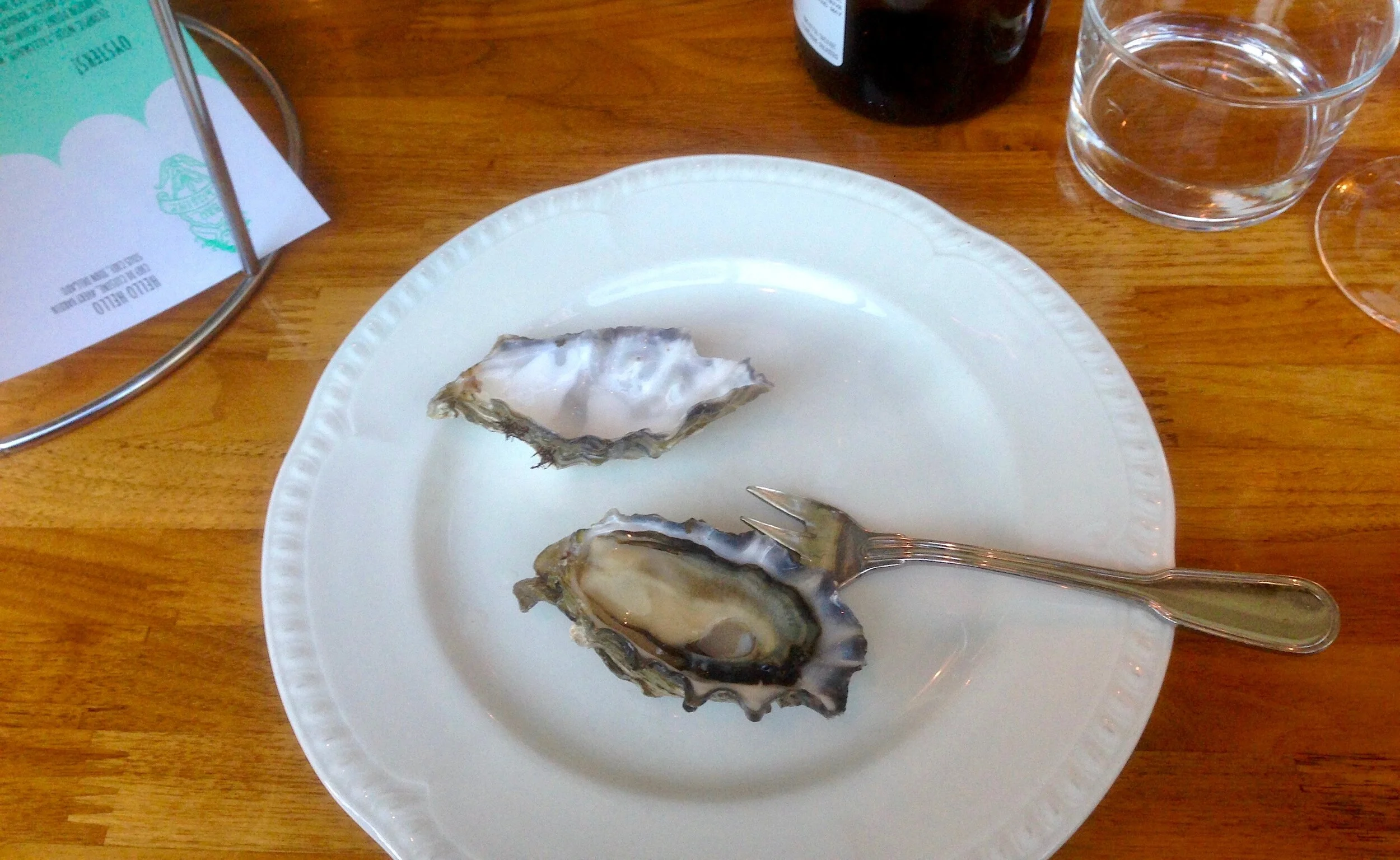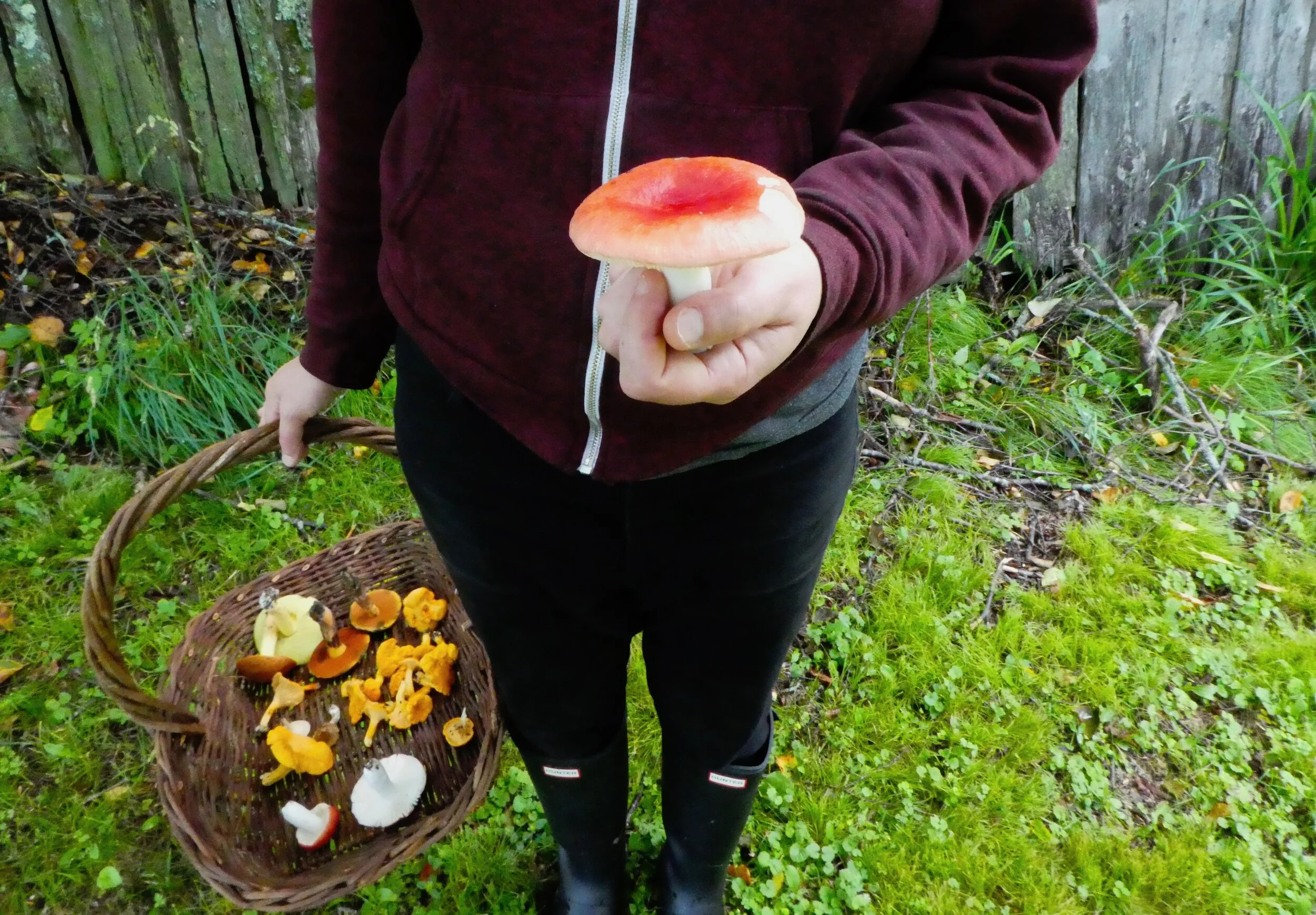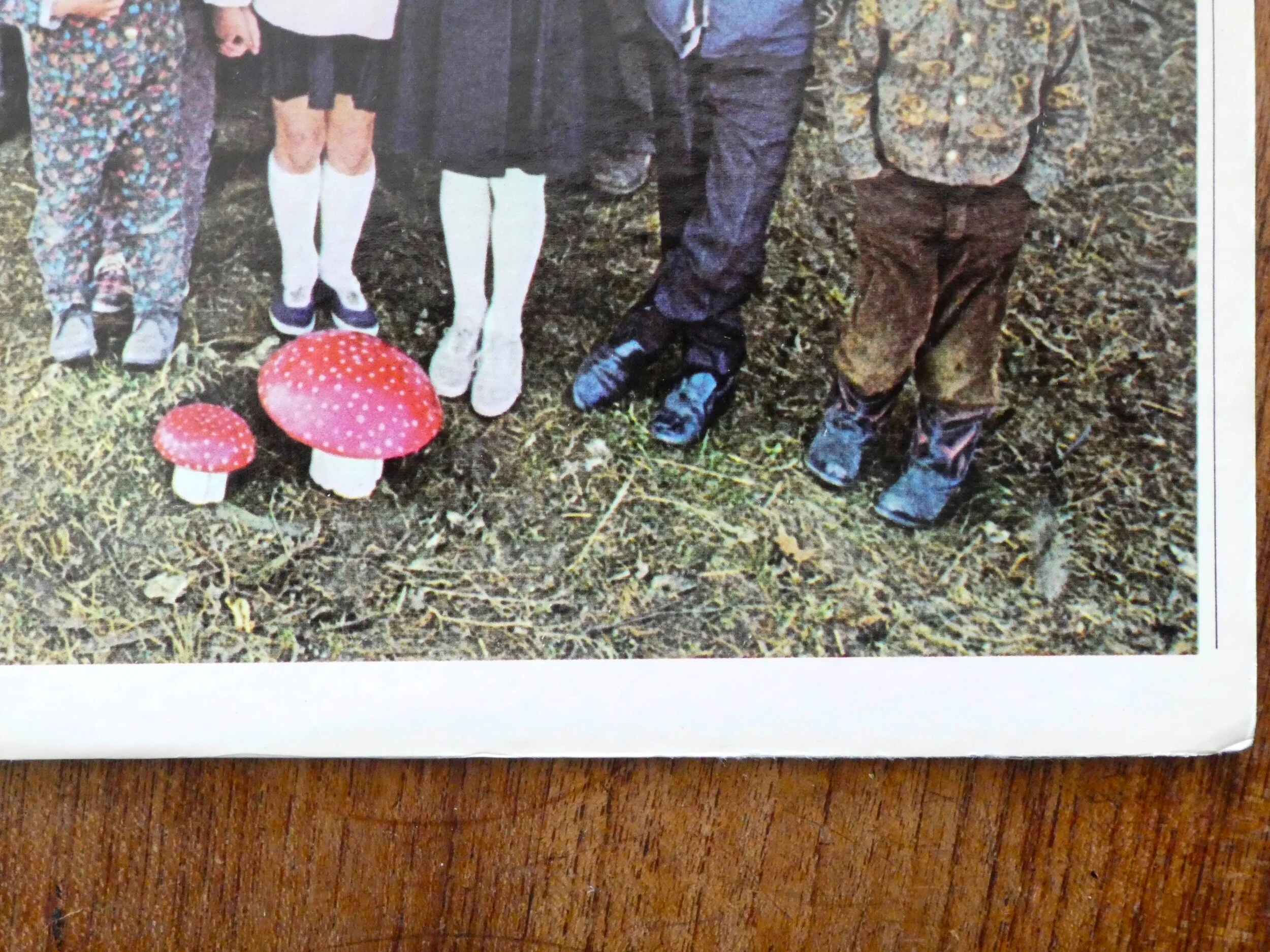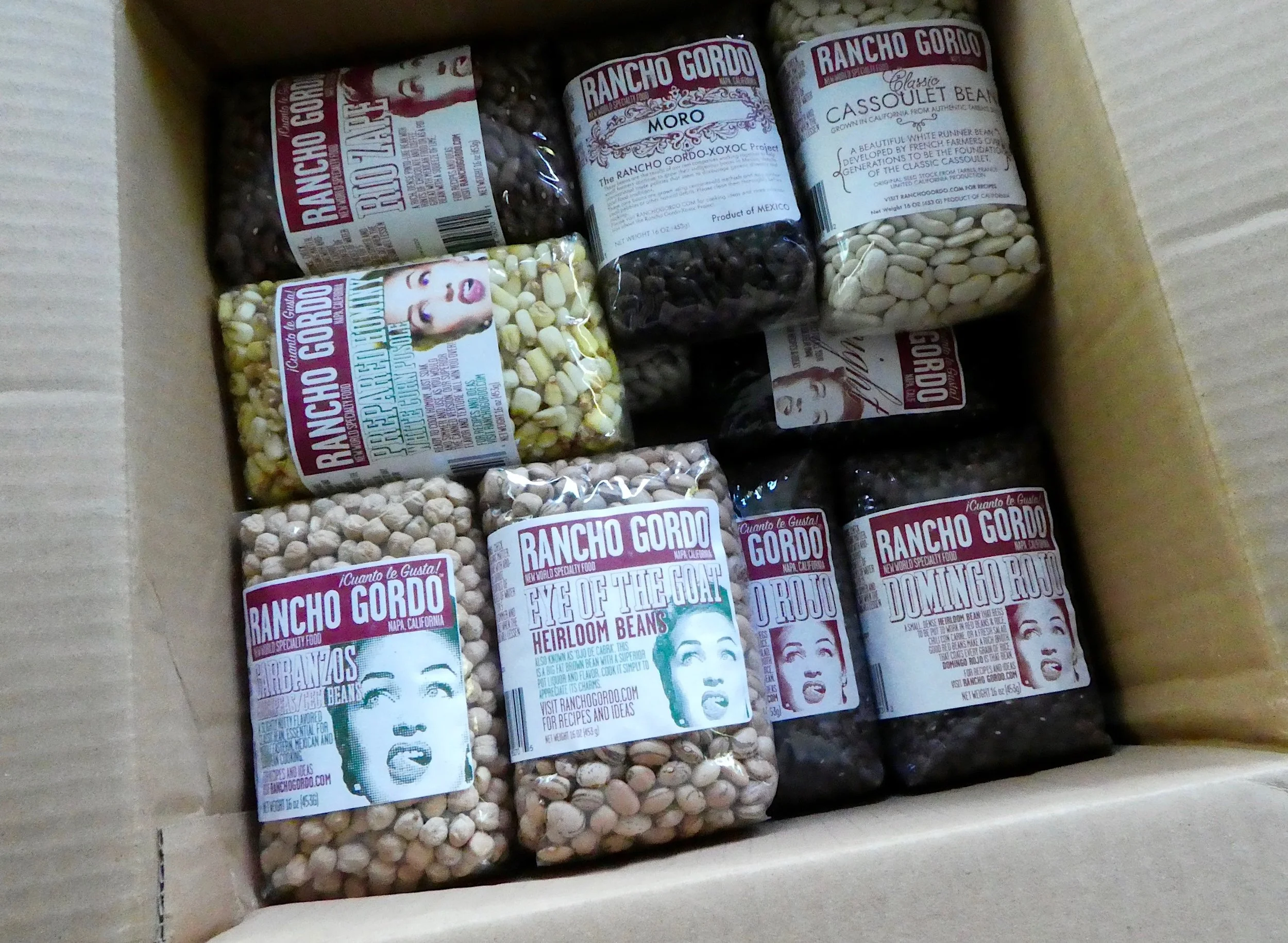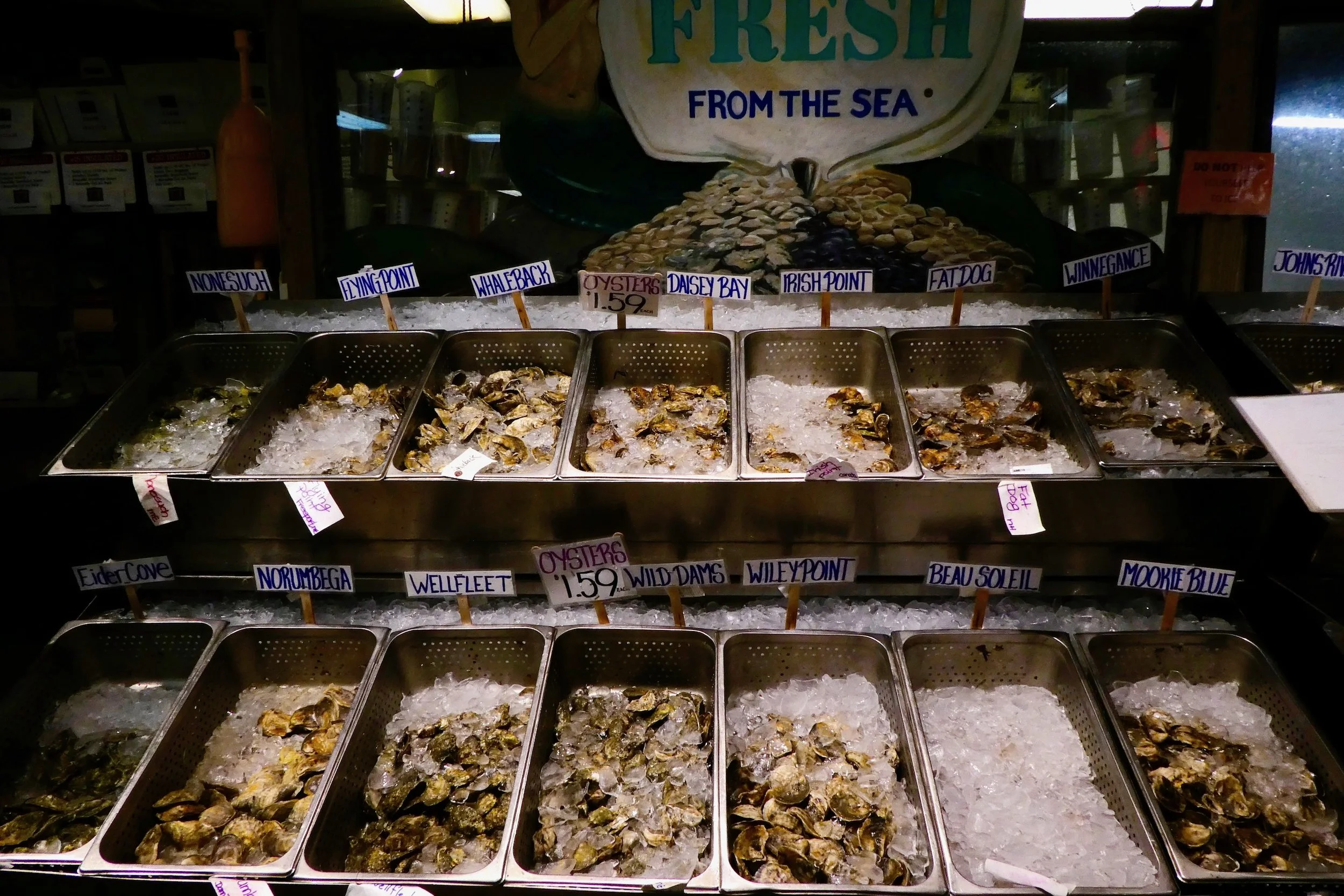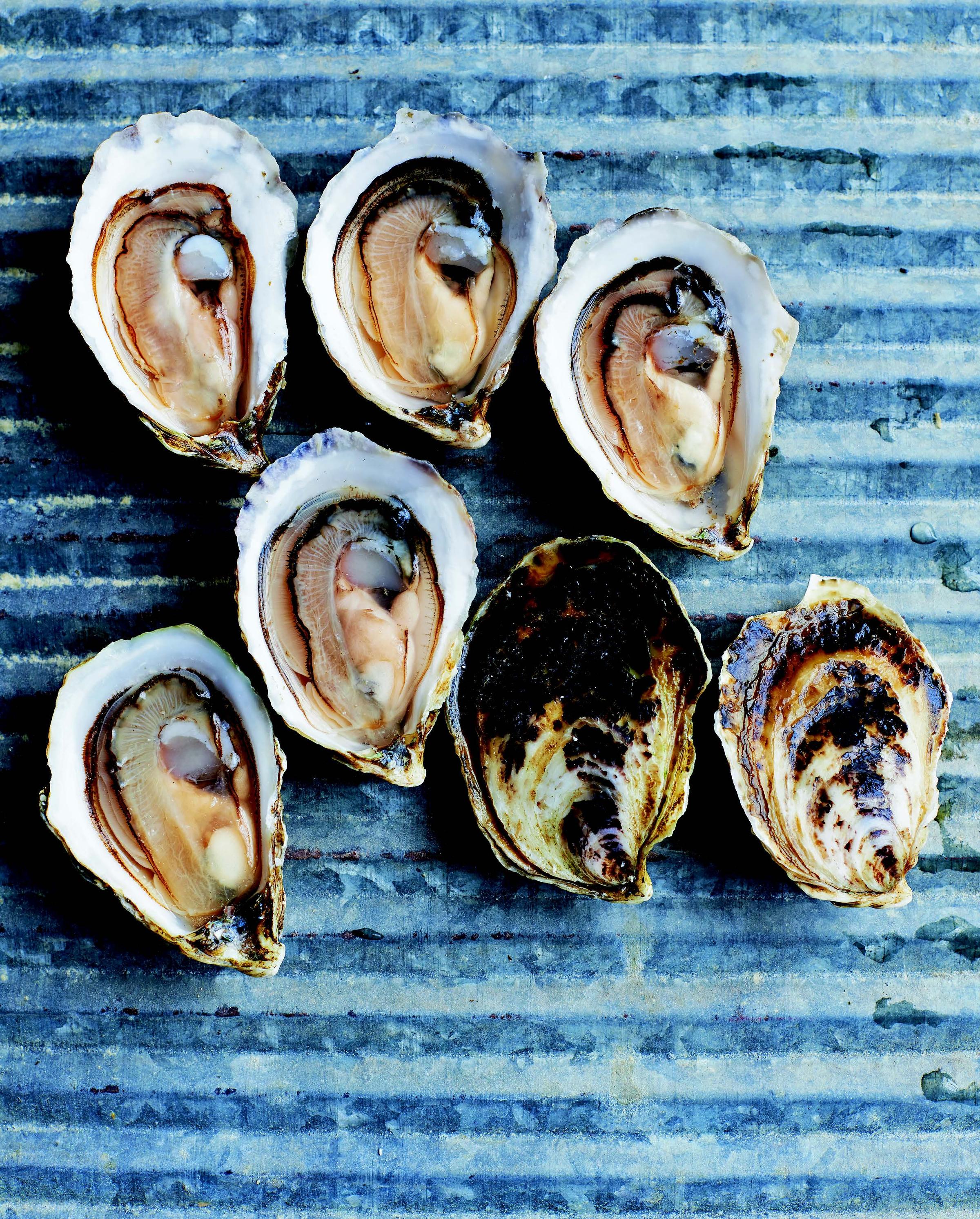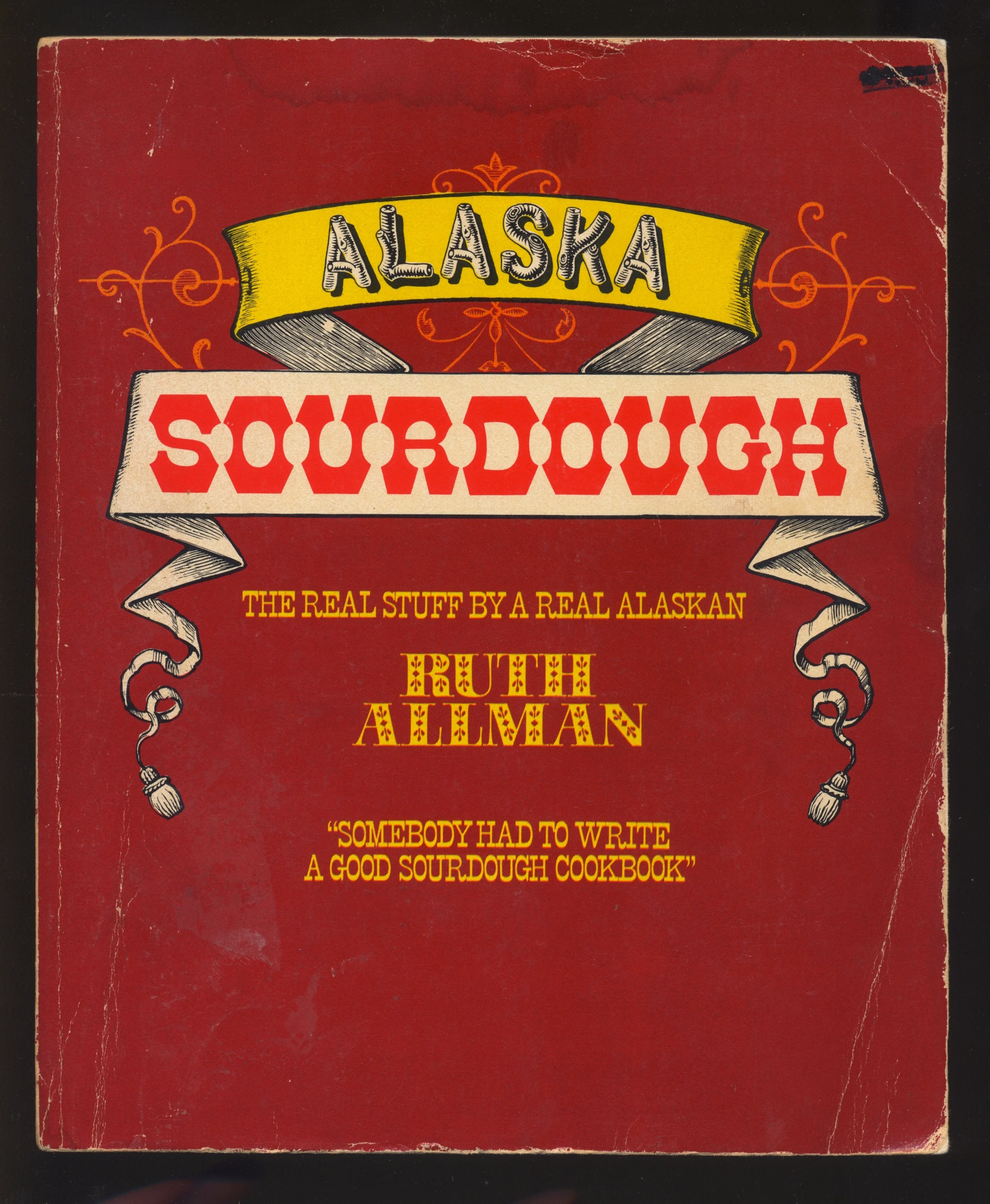fig. a: Goodbye, 2019!
Sounds:
Mdou Moctar, Ilana, The Creator
Sample track: “Kamane Tarhanin”
Mdou Moctar @ Arts Riot, Burlington, VT, July 3, 2019
Lightning Dust, Spectre
Angel Olsen, All Mirrors
You Drive, s/t
Sample track: “Royal Blue”
Weyes Blood, Titanic Rising
Steve Gunn + Bill MacKay + Wildflower, @ Arts Riot, Burlington, VT, July 27, 2019
Steve Gunn, The Unseen in Between
Bill MacKay, Fountain Fire
Wildflower, Part One: Heavy Meadow
Townes Van Zandt, Flyin’ Shoes
Townes Van Zandt, Our Mother the Mountain
Lightnin’ Hopkins, California Mudslide (And Earthquake)
Ahmoudou Madassane, Zerzura (Original Soundtrack Recording)
Andy Shauf + Haley Heyndricks, Tralf Music Hall, Buffalo, NY, February 16, 2019
Haley Heyndricks, I Need to Start a Garden
Sample track: “Show Me a Body”
V/A, Wayfaring Strangers: Cosmic American Music
V/A, Heartworn Highways
Tinariwen, Amadjar
Nick Cave & the Bad Seeds, Ghosteen
Sample track: “Bright Horses”
Sharon Van Etten, Remind Me Tomorrow
V/A, Jambú: e os míticos sons da amazônia
Guy Clark, Old No. 1
Endless Boogie, Vol. I, II
Link Wray, Be What You Want to Be
Sample track: “Morning”
Link Wray & Mordicai Jones, Mordicai Jones
Michael Chapman, Fully Qualified Survivor
Dough Rollers, “Mansion on a Hill”
Lil Nas X, “Old Town Road”
Rob, Funky Rob Way
tribute to Rick & Levon, Woodstock, NY, July, 2019
Third Man Records, Nashville, TN
Neil Young, A Letter Home
Lee Hazlewood & Ann-Margret, The Cowboy & the Lady
Sample track: “It’s a Nice World to Visit (But Not to Live In)”
Moving Pictures:
Heartworn Highways (1976), dir. Szalapski
The Lighthouse (2019), dir. Eggers
The Farewell (2019), dir. Wang
The Souvenir (2019), dir. Hogg
BlacKKKlansman (2018), dir. Lee
The Favourite (2018), dir. Lanthimos
Pain & Glory (2019), dir. Almodovar
Les Blank: Always For Pleasure box set (2014)
The Reckless Moment (1949), dir. Ophüls @ The Aero Theatre, Santa Monica, CA
This is Not a Movie (2019), dir. Chang
Mind Hunter, season 2, created by David Fincher
Destroyer (2018), dir. Kusama
Widows (2018), dir. McQueen
Little Women (2019), dir. Gerwig
If Beale Street Could Talk (2018), dir. Jenkins
Rolling Thunder Revue: A Bob Dylan Story (2019), dir. Scorsese
Shoplifters (2018), dir. Kore-eda
Atlantique (2019), dir. Diop
Cold War (2018), dir. Pawlikowski
When They See Us (2019), dir. DuVernay
Roma (2018), dir. Cuarón @ The North Park Theatre, Buffalo, NY, February 17, 2019
“City Symphonies,” Anthology Film Archives, New York, NY, Jan-March, 2019
”Films For the Fair,” Anthology Film Archives, New York, NY, May, 2019
Salt Fat Acid Heat (2018), dir. Suh
Shampoo (1975), dir. Ashby + Hal (2018), dir. Scott
Halston (2019), dir. Tcheng
Missing (1982), dir. Costa-Gavras
Honeyland (2019), dir. Kotevska & Stefanov
Free Solo (2018), dir. Chin & Vasarhelyi
Still Walking (2008), dir. Kore-eda
Parasite (2019), dir. Bong
Hale County This Morning, This Evening (2018), dir. Ross
Food & Drink:
Gjusta, Los Angeles, CA
Arnold’s, Nashville, TN
Dear John’s, Los Angeles, CA
Bar Melusine, Seattle, WA
Mehuron’s, Waitsfield, VT
Canteen Creemee Co., Waitsfield, VT
Russ & Daughters Cafe, New York, NY
Toshi Sushi, Vancouver, BC
Folk, Nashville, CA
Louisiana Seafood Company, Nashville, TN + crawfish, shrimp, boudin and andouille feast @ J & H’s
Gjelina, Los Angeles, CA
Una Pizza Napoletana, New York, NY
Scarr’s, New York, NY
My Pie, New York, NY
Emmy Squared, Nashville, TN
pan pizza, Detroit-style @ home
Husk, Nashville, TN
Little Uncle, Seattle, WA
Night + Market Sahm, Los Angeles, CA
Bill Bar Tavern, East Aurora, NY
The Roots, Middlesex, VT
Brassneck Brewery, Vancouver, BC
Alambika, Montreal, QC
MTN, Los Angeles, CA
Jarr Bar, Seattle, WA
Frank Gourmet Hot Dogs, Buffalo, NY
Ramen Butcher, Vancouver, BC
Remedy House, Buffalo, NY
Vin on Rose, Los Angeles, CA
Sakai Bar, Toronto, ON
mushroom season, 2019
Falafel Yoni, Montreal, QC
Woodland Wine Merchant, Nashville, TN
Paradise Wine, Buffalo, NY
Empellon Al Pastor, New York, NY
Kiruki, Seattle, WA
The Win-Dow, Los Angeles, CA
Hen of the Wood, Waterbury, VT
Ronan Farrow, Catch and Kill: Lies, Spies, and a Conspiracy to Protect Predators
Michelle Alexander, The New Jim Crow: Mass Incarceration in the Age of Colorblindness
Margaret Atwood, The Handmaid’s Tale
Jane Mayer, “The Case of Al Franken,” The New Yorker, July 29, 2019
Joseph Conrad, Heart of Darkness
John Le Carré, “The Madness of Spies: A Secret Service Secret,” The New Yorker, September 29, 2008
Meredith Erickson, Alpine Cooking: Recipes and Stories From Europe’s Grand Mountaintops
Malcolm Gladwell, “Trust No One: Kim Philby and the Hazards of Mistrust,” The New Yorker, July 28, 2014
Barney Hoskyns, Small Town Talk: Bob Dylan, The Band, Van Morrison, Janis Joplin, Jimi Hendrix and Friends in the Wild Years of Woodstock
Sean Brock and Peter Frank Edwards, Heritage: Recipes and Stories
Greg Marley, Chanterelle Dreams, Amanita Nightmares: The Love, Lore and Mystique of Mushrooms
Nathaniel Philbrick, In the Heart of the Sea: The Tragedy of the Whaleship Essex
Adam Entous and Ronan Farrow, “Private Mossad for Hire,” The New Yorker, February 18 & 25, 2019
Peggy Barnard, Monkey in the House
Alberto Moravia, Contempt
David Arora, Mushrooms Demystified
Miscellany
Bread & Puppet Museum, Glover, VT
The Museum of Jurassic Technology, Los Angeles, CA
The Museum of Everyday Life, Glover, VT
The Country Music Hall of Fame and Museum + RCA Studio B, Nashville, TN
Hatch Show Print, Nashville, TN
Tenshin Juba ceramics show, Chariots on Fire, Venice, CA
Toiro, Los Angeles, CA
Nalata Nalata, New York, NY
New High Mart, Los Angeles, CA
Tortoise General Store, Los Angeles, CA
Allan Tannenbaum, “Punk/Rock,” D-Day, Woodstock, NY
Olivetti-Underwood typewriters
pottery class, A Third Space Pottery Studio, St. Catharines, ON
fig. b: Hello, 2020!
R.I.P.
Jonas Mekas
Agnès Varda
Robert Frank
Anna Karina
aj





